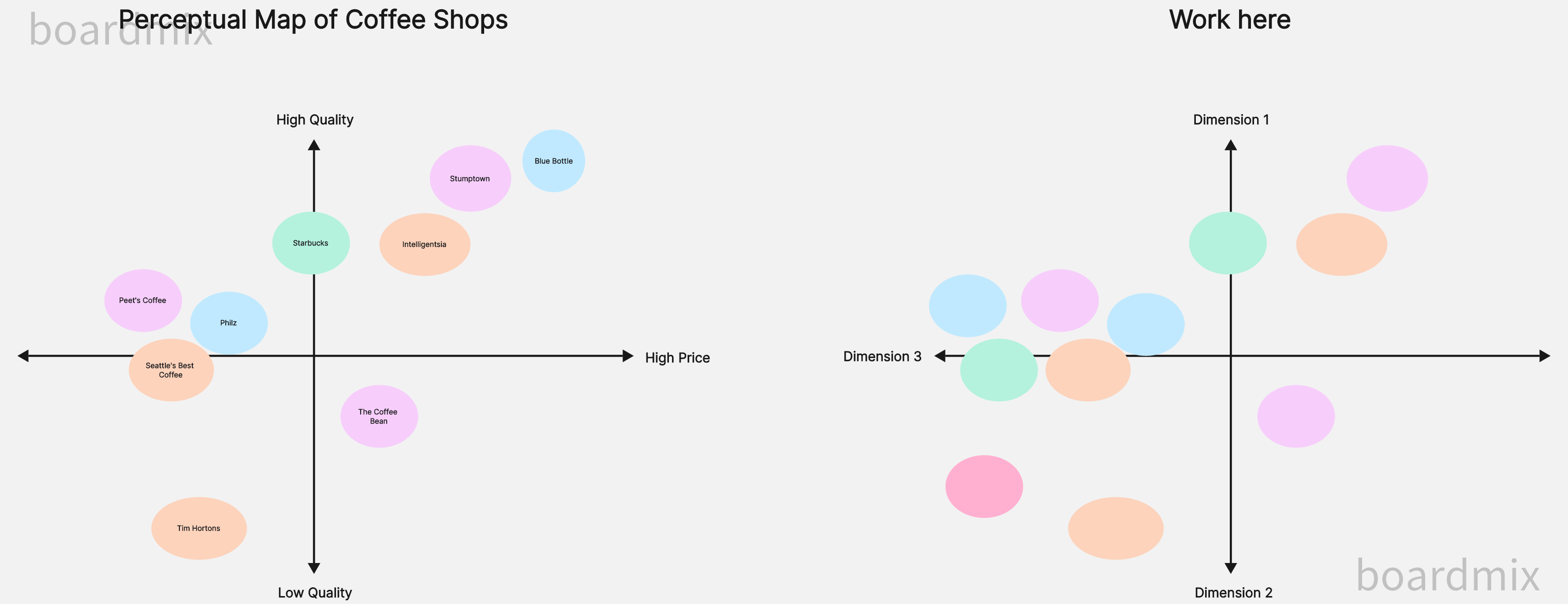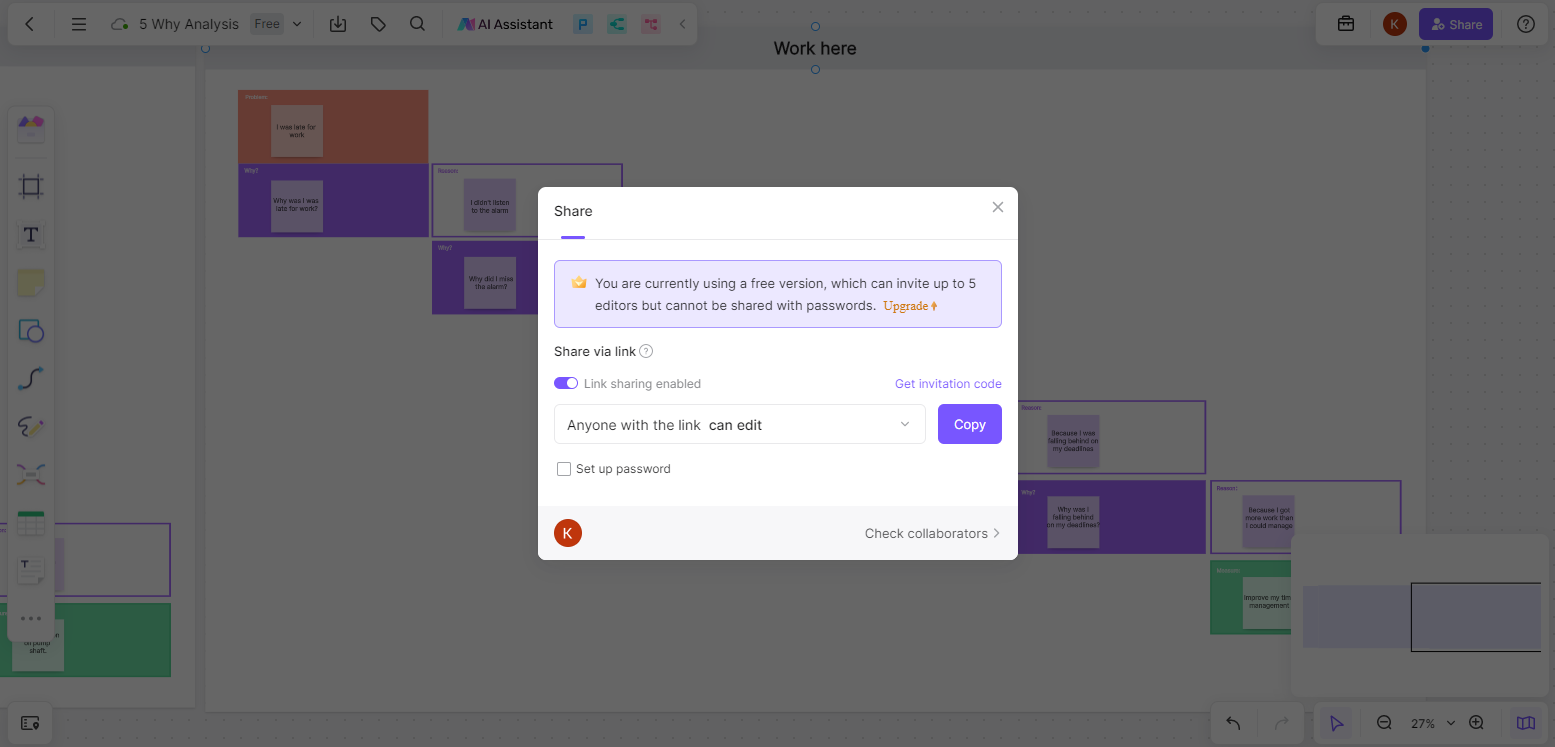What is a Graphic Organizer in ESL?
A graphic organizer in ESL (English as a Second Language) is a visual tool that helps learners understand and remember new language concepts, vocabulary, and structures. Here let's have an in-depth look at these organizers.
In the context of ESL, a graphic organizer is a diagram or pictorial tool that visually represents relationships between facts, concepts, or ideas. They are often used to help students simplify complex information, making it easier to understand and learn.

What are the 5 examples of graphic organizers?
Using these graphic organizers can enhance understanding, critical thinking, creativity, and learning efficiency in various fields of study.
There are various types of graphic organizers that can be used for different language learning objectives in ESL. Some common types include:
1. Concept Maps
Concept maps are graphic organizers that help in organizing and representing knowledge of a concept. They show how various parts of a topic are interconnected, with the main idea at the center and related ideas branching out from it.
2. Venn Diagrams
A Venn diagram is a graphic organizer that displays comparisons and contrasts between different items. The diagram consists of overlapping circles, each representing a different group or set. The overlapping area indicates the common traits of the items being compared.
3. Flow Charts
Flow charts represent a sequence or flow of steps, decisions, or events in a process. They help illustrate how various stages in a process connect to each other and what steps need to be taken to reach a certain outcome.
4. Word Webs
Word webs, also known as semantic maps, are used to visually display word relationships and hierarchies. They begin with a central word or concept, with related words or concepts linked together through connecting lines.
5. Story Maps
Story maps help students visualize the different components of a story. They usually include elements such as setting, characters, problem (conflict), solution (resolution), and plot events (beginning, middle, and end).
In essence, a graphic organizer in ESL is a powerful learning tool that aids comprehension, enhances vocabulary learning, improves writing skills, and fosters critical thinking. By presenting information visually, graphic organizers can make the learning process more engaging and effective for ESL students.
How Graphic Organizers Help ESL Students?
1. Facilitates Understanding
Graphic organizers help simplify complex information, making it easier for ESL students to understand new concepts, including grammatical structures, vocabulary words, and language usage. They visually break down information, providing clear connections between ideas.
2. Enhances Vocabulary Learning
Vocabulary graphic organizers assist in vocabulary development by providing a structured format where students can record new words along with their meanings, synonyms, antonyms, usage in sentences, and visual illustrations.
3. Boosts Reading Comprehension
When reading, ESL students can use graphic organizers to help them summarize information, identify main ideas, details, sequence of events, characters' relationships, and themes. This facilitates better understanding and retention of the text.
4. Improves Writing Skills
Writing can be daunting for ESL students. Graphic organizers can guide students to structure their thoughts and ideas coherently before they start writing. They assist in planning for different types of writing tasks including narratives, opinion pieces, compare and contrast essays, and more.
5. Promotes Active Engagement
Using graphic organizers encourages active engagement with learning materials. Filling in these organizers can make learning more interactive, fun and personalized for the students.
6. Encourages Critical Thinking
These organizers help develop critical thinking skills by encouraging students to analyze information, make connections, infer, predict, and draw conclusions.
7. Provides Visual Learning Support
Many learners benefit from visual learning aids. Graphic organizers provide visual support that helps in retaining and recalling new language information more effectively.
In summary, graphic organizers are powerful instructional tools that support ESL students in various aspects of language learning. They aid understanding, improve reading and writing skills, encourage critical thinking, and provide a visually engaging platform for effective learning.
Boardmix: Vocabulary Graphic Organizers for ESL Students
English as a Second Language (ESL) students often struggle with building their vocabulary. Vocabulary Graphic Organizers are incredibly helpful tools that aid in vocabulary development and comprehension of new words. Here's how to effectively utilize these word graphic organizers on Boardmix.

1. Understanding Vocabulary Graphic Organizers
Vocabulary Graphic Organizers are visual tools that help ESL students connect new vocabulary words to familiar concepts, making them easier to understand and remember. They may include elements such as the word's definition, synonyms, antonyms, an image representing the word, its use in a sentence, etc. You can log in to the Boardmix and create a Vocabulary Graphic Organizer for ESL Students online.

2. Select a Suitable Template on Boardmix
Boardmix offers a variety of graphic organizer templates that can be used for vocabulary learning. These include word maps, concept maps, vocabulary squares, Frayer models, etc. Choose a template that best suits the vocabulary needs of your ESL students.

3. Fill in the Vocabulary Details
Add in the new vocabulary word in the central section of the graphic organizer. Then, fill in the related details in the corresponding sections. These might include the word's meaning, synonyms and antonyms, an example sentence, and an illustrative picture.
4. Personalize and Customize Your Organizer
Use Boardmix’s easy-to-use features to customize your graphic organizer. You can change colors, fonts, add images, etc., making the organizer visually appealing and more engaging for students.
5. Use the Graphic Organizer for Vocabulary Practice
Have students refer to their Vocabulary Graphic Organizers regularly for vocabulary practice. Encourage them to add new information or associations as they become more familiar with the words.
6. Save and Share
Remember to save your work regularly on Boardmix. Share these organizers with students so they can access them anytime for practice.

7. Regular Updates
Update the graphic organizers regularly with new words and concepts to continuously support your students' vocabulary development.
Conclusion
Vocabulary Graphic Organizers are effective tools for teaching vocabulary to ESL students. By leveraging the capabilities of Boardmix, teachers can create engaging and customized organizers that can significantly improve students' vocabulary learning experience.













